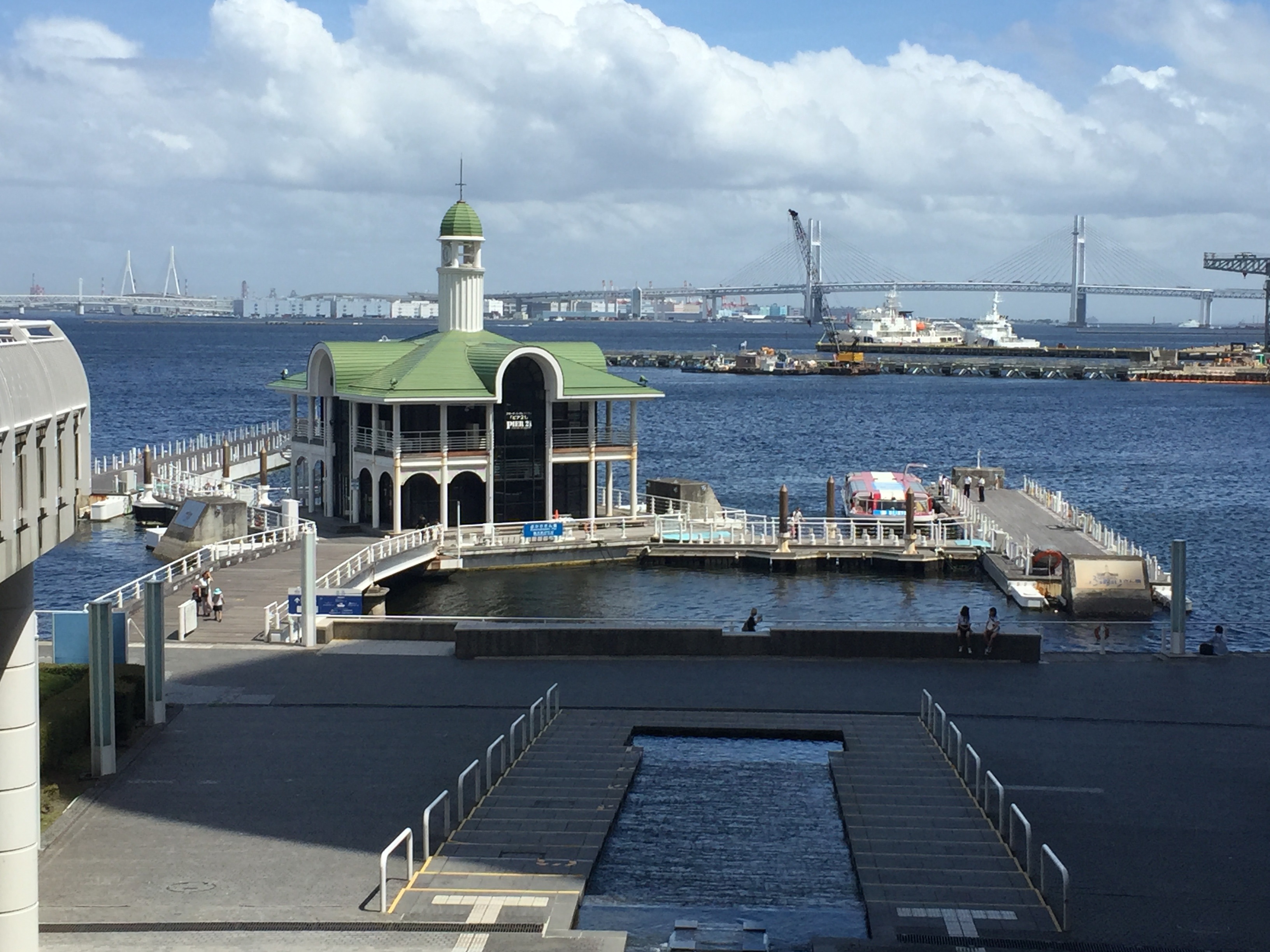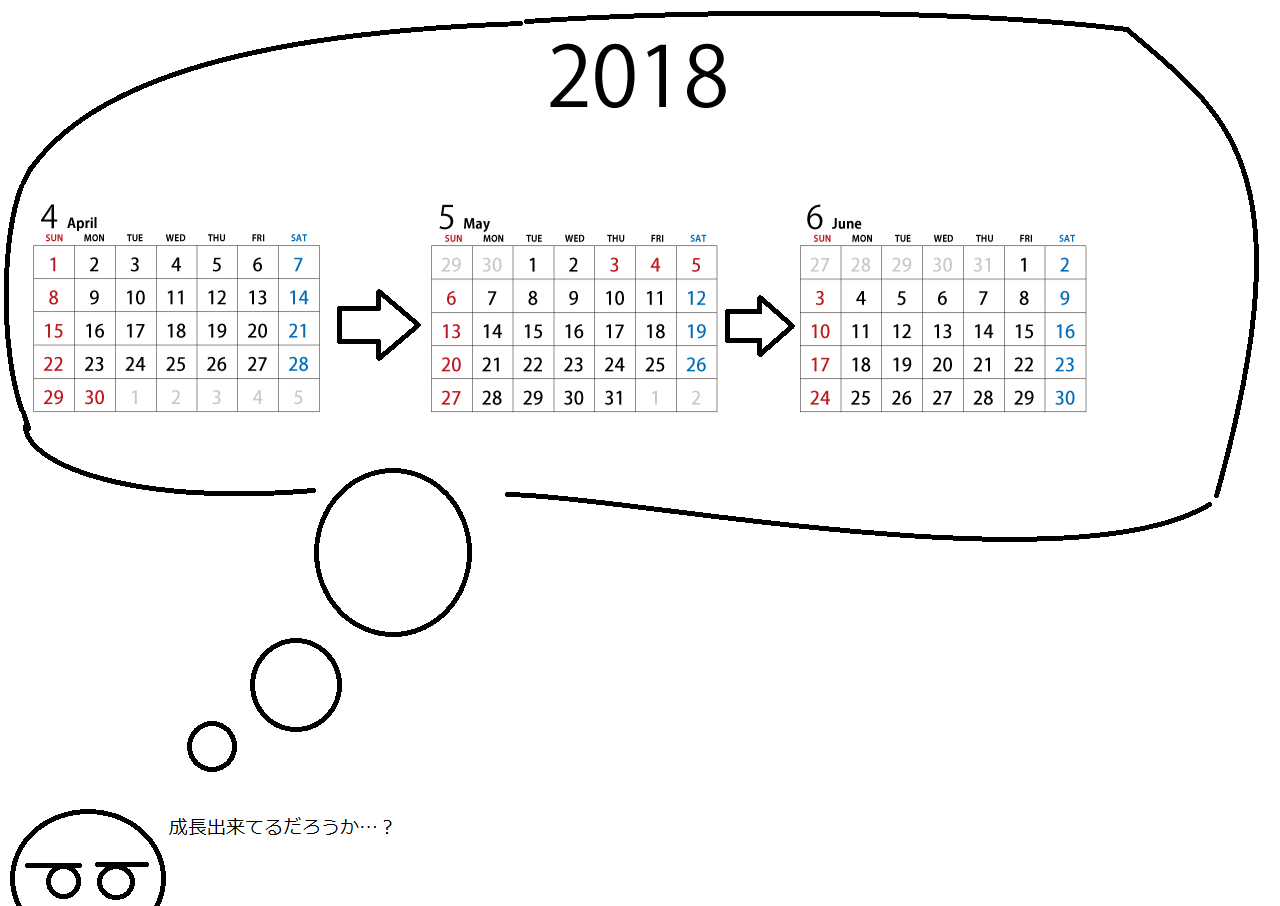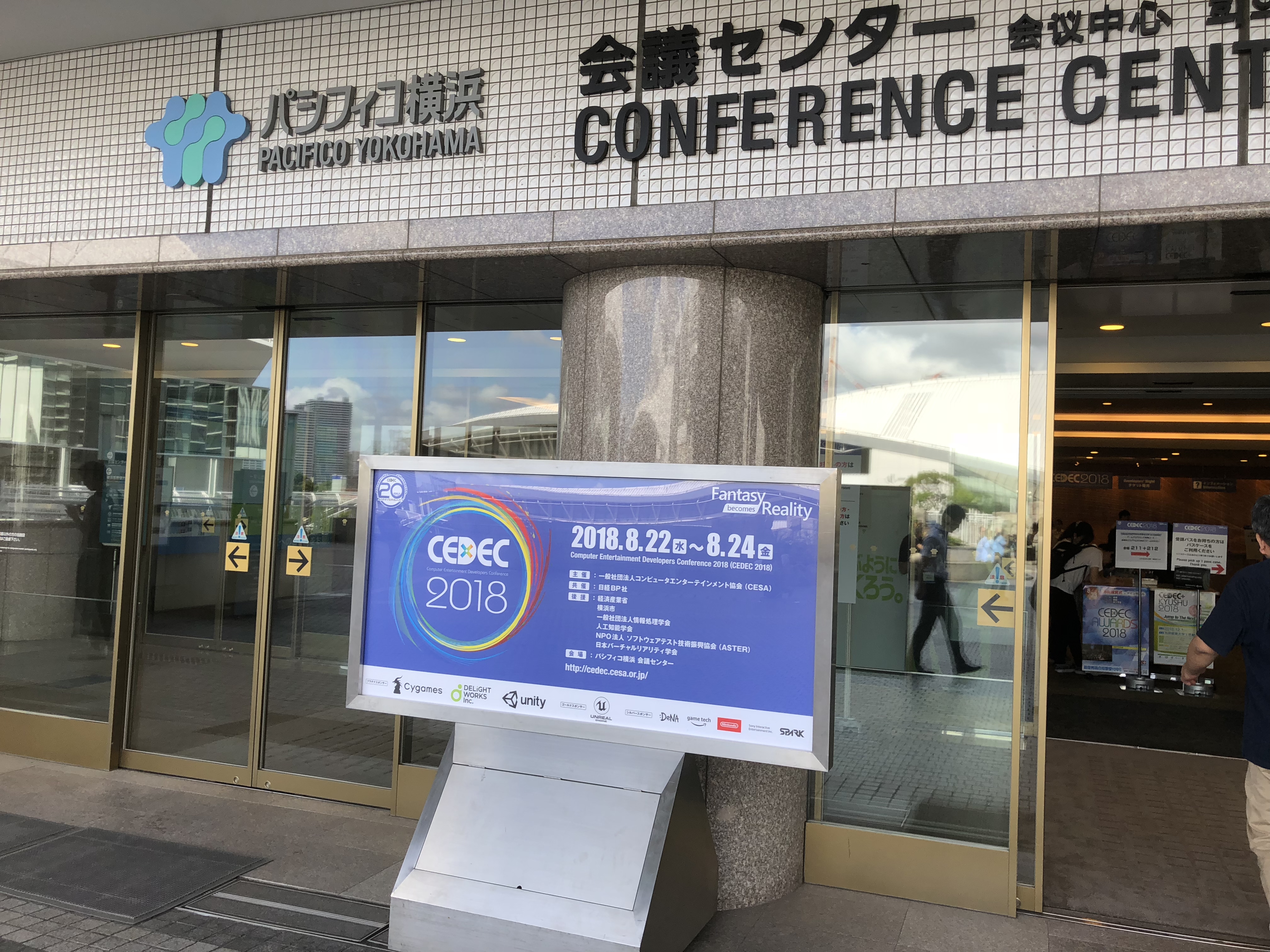GDCの冒険:勉強会を終えるまでがGDCです。
*English translation below
2回目の登場になります、アレです。GDCについてのブログはプリングルスと一緒で、書きはじめたら止まらないものなんだなって思います。
GDCに参加することはすごいことなんですが、行くからには代償がつきもの。
手足や弟とか何かを失ったわけではないけど、GDCに参加したメンバーはみんな勉強会をやらなきゃならないんです。(等価交換ですね!)
GDC参加メンバー7人で、4日程の中から各45分ずつを受け持ち勉強会を開催しました。何を話すかは本人次第でまったくの自由。
さっさとやってしまいたい派の私は、初回を担当しました。GDCで学んだことは45分では話きれず、二人分の90分枠を独り占めしちゃいました。まあ、私がおしゃべりだってこともありますがね。結局、小さな文字が並び写真がほとんどないスライドを70枚も作ってしまいました。(前回の記事でソーシャルメディアが苦手って書いたけど、スライド作成も苦手なんですよね…)
私はアニメーションのセッションの話で大半の時間を使いました。
「アニメーションブートキャンプ」と「テクニカルアートブートキャンプ」、さらに「アニメーションラウンドテーブル」や「テクニカルアートラウンドテーブル」についても詳しく説明しました。「Horizon Zero Dawn」のロボットチームや「マリオ+ラビッツ」のアニメーションパイプラインについての話もしました。「マリオ+ラビッツ」のアニメーションパイプラインは本当にすばらしいので、アニメーションツールを作っている人にはぜひチェックしみてほしいですね。かなりな感動ものです!
2日目はアップとたるたるの番。
アップは「12アニメーションの原則」とエフェクトを作るときにその原則をどう使うか、について発表しました。私は「12アニメーションの原則」を書いた付箋をモニターに貼ってるくらいこの理論が好きなんです。だから発表を聞いてて本当に嬉しかったですね。彼女はまた「スプラトゥーン」の制作の裏側についても話しました。写真を多く使ったスライドでとてもわかりやすい内容でした(見習わなきゃ…)。
たるたるは、大規模タイトルのテスト方法についてをテーマとしていました。「Assassin’s Creed」や「Call of Duty」のようなゲームにおけるテスト自動化の重要性や、「Mafia III」のリリース後のAI改修、合わせて運営中案件を改修する際の注意点を発表しました。
3日目はまた別のアーティスト、エンジニアコンビ:たけだ大王とテラの番。
テラは札幌スタジオからSKYPEでの参加です。テラはUI、UXについてと、トリプルエータイトルのUIについて発表しました。私もGDCでこのセッションを見学したのですが、本当に奥深い内容のものだったのでテラが発表してくれて嬉しかったです。UIのルールやガイドラインをわかりやすく説明してくれていて、実践に役立つ内容でした。スライドをプリントアウトして机に置いていつでも参考にしておきたいくらいでした。
たけだ大王は、「インディーゲーム市場で目立つ方法」について発表しました。
60ドルゲームはパブリッシャーや小売店マージンなどいろんな関係者に配分されているという内容や、「Assassin’s Creed:Origins」におけるNPCミッションシステムのこと、Switch格闘ゲーム「ARMS」がどうやって制作されたかについても話してくれました。オリジナルのコンセプトアートまで見せてくれて!このセッション行っておけばよかったとかなり後悔しました…
最終日はぽんぽんと、齊藤が担当。
ぽんぽんは、チームマネジメントと「Nier: Automata」のゲームデザインとサウンドについて発表しました。彼女のスライドは英語と日本語両方で記載されていたので助かりました。GDCの総括として「ゲーム開発での問題や悩みは国境を超える」と締めくくっていました。ぽんぽんは、GDCにまた行きたい!とかなりやる気を出し、現在英語を勉強中です。彼女にとってGDCは本当に大きな経験だったんですね。
齊藤は、「Shadowverse」のAIによるQA自動化とツール作成についてをテーマとしていました。ツール作成時の「build workflows for humans who aren’t you(自分以外の人にとってのワークフローを組み立てる)」というルールについては目からウロコでした!ツール作成時のマインドセットやUXデザインについても、かなり詳細に説明してくれました。
あまたの勉強会は、いつも楽しく、落ち着いた雰囲気があります。勉強会というよりも、会話をしているという感じ。発表の間でも、気軽に質問したりコメントしたりできるので、参加者全員にとっていい経験になっています。人前で話すことは怖いことかもしれないけど、あまたで実際にやってみたらそんなに悪くないもんですよ。
アレ
Adventures at GDC: It Ain’t Over Til You Give a Benkyoukai (Study Session)
Hi, Are (Ah-ray) again. I guess GDC blogs are like Pringles, once you start you just can’t stop?
Going to GDC is awesome, but there is some equivalent exchange that has to happen in order to go. Now, we didn’t lose any arms or legs or little brothers or anything like that, but we did each have to give a benkyoukai (study session) on what we learned at GDC.
Since there were 7 of us who attended, we spread our talks out over 4 days.Each person was allotted 45 minutes, and was given complete freedom in regard to what he or she wanted to talk about.
I’m the type of person who likes to get stuff out of the way, so I volunteered to go on the first day. I learned so much at GDC, that I couldn’t contain it all in 45 minutes, and had to have a whole 90 minutes all to myself. You could say that I’m a bit of a talker. I think I had something like 70+ slides filled with tiny text and hardly any pictures… (Remember how I said I’m bad a social media? Well, I am also not very good at making slides…).
I spent most of my time talking about the animation sessions that I went to.
I talked in detail about the Animation Bootcamp and Technical Art Bootcamps in particular. I also went into a lot of detail about each of the Animation Roundtables and Technical Art Roundtables. I spent a lot of time talking about the Horizon Zero Dawn Robot Team Animation pipeline and the Mario+Rabbids animation pipelines. The Mario+Rabbids animation pipeline is truly amazing, and I encourage anyone who makes animation tools to look into it. It pretty much blew my mind.
Day two was Ap and Taru-Taru’s day.
Ap talked about the Principles of Animation and how you can use them when making effects. I love the Principles of Animation, to the point that I literally have them written on sticky notes attached to my monitor, so I was really happy for someone to be talking about them. She also talked about how to give feedback and the game design behind Splatoon. Her slides had lots of pictures and gifs, and were really easy to understand (I could probably learn a few things from her…).
Taru Taru talked at length about how to do testing for large scale titles. He talked about the importance of automated testing in games like Assassin’s Creed and Call of Duty. He also talked about how Mafia III updated their AI after release, and the things they took into consideration when doing so.
Day three was another engineer+artist tag team: Daioh and Tera.
Tera is based out of our Sapporo studio, so he actually did his talk over Skype! Tera talked about UX and UI, and went into a lot of detail about UI for AAA games. I also saw that session at GDC, and was very happy that he talked about it, because it was one of the most in depth sessions I have ever had the pleasure of attending! The rules and guidelines for UI are presented in a way that is very clear and are very easy to implement. I honestly want to print out the slides and keep them at my desk for reference in the future…
Daioh talked about how to make your indie game stand out in the marketplace. There was a slide that showed how the $60 a user pays for a game is distributed between the various parties. It was really interesting. He also talked about the NPC mission system in Assassin’s Creed: Origins, as well as about how the Switch fighting game ARMS was made. He shared a lot of the original concept art, and made me reeeeally regret not going to that session.
Pon Pon and Saito rounded out our talks on day four.
Pon Pon talked about team management and talked about Nier: Automata’s game design and sound. Her slides had both English and Japanese, which was nice for me! In her conclusion, she brought up the fact that game developers all over the world worry about the same things. She said that she really wants to go to GDC again. She’s been working on her English since then, so I think GDC had a big impact on her.
Saito spoke about AI Driven QA in the game Shadowverse and also talked about how to build great tools. As someone who builds tools, I found the “build workflows for humans who aren’t you” rule to be very eye-opening! Saito’s slides were really detailed. He went in depth about the UX of tools and what kind of mindset you need to have when making tools.
Amata’s “study sessions” are always really laid back and fun. It often feels more like a conversation then just someone talking at you. People are free to interject and ask questions or make comments, which really makes it a good experience for everyone. Public speaking is supposed to be scary, but it really isn’t that bad when you do it here.
Are (Ah-ray)



